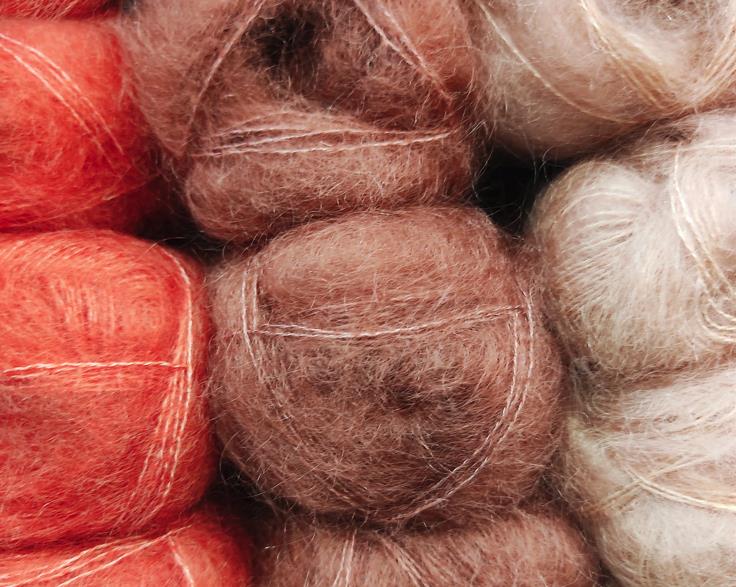The 70s cast long shadows

My colleague PUE has written about lifelong learning at Harlekin.blog from time to time – I will now follow suit and comment on “lifelong furniture”. It’s about the magnificent exhibit pictured above, which was brought back from the attic to the light of day.
In the first Corona summer (how that sounds…) a major renovation campaign took place at our house with all kinds of measures to make our 60s terraced house fit for the future. Corona rules made some preparations necessary. Routes were marked in the house, etc., in order to allow the 3 – 6 builders who were working in and around the house at the same time and ourselves to take coffee breaks “at a distance” – including pleasant chats over coffee, of course.
In the course of these preparations, my husband brought the chequered ottoman into the living room, where we settled down to chat with the workmen, who spent their well-deserved lunch break at our dining table. After the remodelling was finished, I then asked my husband to banish this ugly object from the living room again. But my husband did not agree. He had In the meantime got used to it and could not do without it any more. Don’t misunderstand me – I am by no means one of those people who spend half the day thinking about whether the 2nd potted plant from the left really harmonises perfectly with the tablecloth and vice versa (you know what I mean!), but at this point a slight panic set in.
My husband, clever as he is, skilfully and cunningly played the sentimentality card as I had brought the ottoman into the marriage, not him. He said “Wasn’t that also the “little guest mattress” that your niece and nephews used to sleep on when one of them came to visit you?” That was true – and to be honest, this rotten trick didn’t miss its mark!
I thought about it: judging by the fabric of the ottoman, it must be from the 70s. I don’t remember how it came into my possession, but I had it in my first student flat – still in a metal frame and with a back cushion of the same design as a (rather uncomfortable) armchair and (quite comfortable) guest bed. And although I didn’t find the design as terrible then as I do now, I don’t remember choosing and buying it myself. But I knew quite a few households back then that were furnished in the brown-beige-orange look that is disdained today. Maybe I inherited it from someone…
So, since I was 18, the ottoman has been part of every move and ended up in the cellar, in the attic or under the bed. It served as a guest bed for children staying over, without me ever thinking about the design again. (Most of the time there was a sheet over it…) Now I’m 62 – what should I think of it? Am I sustainable, stingy or has it just been my eyesight or sense of aesthetics that has suffered over the decades?
The question “Did I really think that was beautiful back then?” is one that we ask ourselves from time to time over the decades. Not only do people’s tastes evolve, but the dictates of fashion should not be underestimated, especially when the people are young.

It’s interesting to see how differently people deal with their fashion sins of our youth, whether it’s clothing, housing or hairstyles. Some have great fun rummaging for old finds in the basement or in the loft and looking at their old photos (I’m one of them!), others can hardly bear the confrontation with former aberrations of taste. And not only the 70s had “derailment potential” – the 60s and 80s have just as much to offer. Though with less orange!
P.S.: And the ottoman? Still standing in the living room, but perfectly camouflaged and wrapped in a cheerful fabric. I’m curious to see how much longer…
Bildquellen
- 20221023_165052: BBR
- iStock-1431333277: iStock by Getty Images

